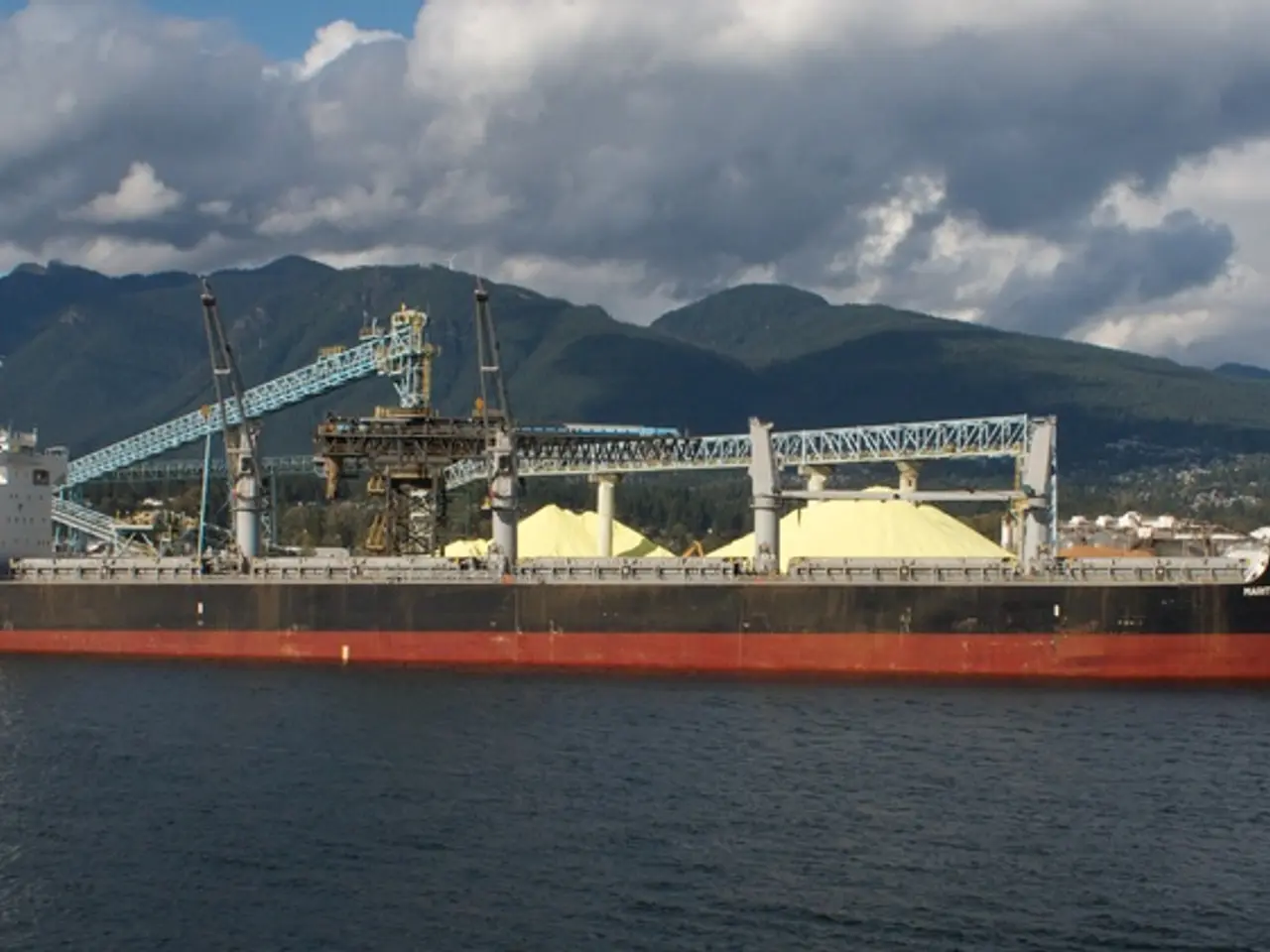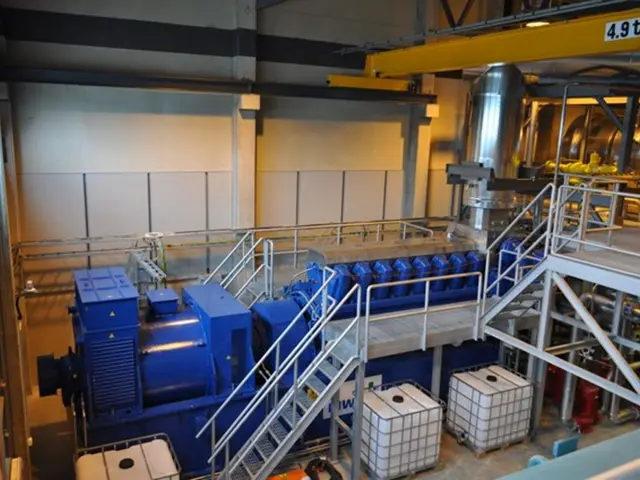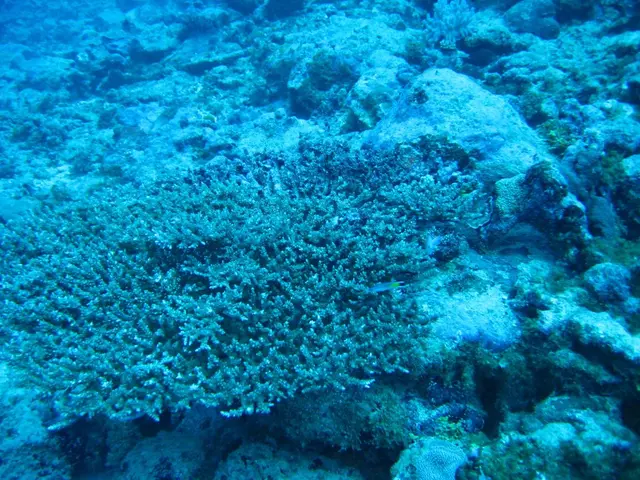Offshore Wind Power in the UK: Obstacles and Prospects
The UK's offshore wind industry is gearing up for an interactive session, featuring representatives from Ørsted, Bibby Marine, Clarksons, and the energy and shipping teams on the event's agenda. This session, aimed at considering the challenges and opportunities for the shipping industry in meeting the growing demand for specialised vessels to service the offshore wind industry, will take place after the session, followed by a networking reception.
The UK government has set ambitious expansion targets for its offshore wind capacity, aiming to achieve 43-50 GW of operational offshore wind capacity by 2030, up from 15 GW in 2024. This rapid expansion requires substantially increased installation rates, roughly triple the current average annual capacity additions.
However, the consent process remains complex and lengthy, involving detailed environmental assessments, regulatory reviews, and stakeholder consultations, which can delay project timelines. Recent reforms, such as the Environmental Compensatory Measures Reforms (ECMR) introduced by DEFRA under the Energy Act 2023, aim to provide a more flexible and pragmatic approach to environmental compensation related to Marine Protected Areas, streamlining permitting and potentially reducing delays.
The government’s Clean Power 2030 Action Plan underscores offshore wind as the vital backbone of its clean energy aspirations, indicating sustained regulatory support but emphasizing the need to overcome planning bottlenecks and environmental balancing acts.
The ambition of rapid offshore wind farm deployment and the increasing scale of projects demand highly specialized vessels for installation, maintenance, and logistics. The intensified pace and scale of offshore wind installations beyond current rates imply a growth in demand for specialized vessels such as heavy-lift installation ships, cable laying vessels, and service operation vessels. This growth places pressure on a limited fleet and supply chain bottlenecks.
Engineering challenges and technical complexities of larger turbines and foundations require precise maritime logistics and advanced vessels capable of operating in challenging marine conditions. Market factors such as rising costs, supply chain constraints, and geopolitical uncertainties affect investment in specialized vessels and service capabilities but also incentivize innovation and fleet expansion to meet the scaling offshore wind market.
For any questions about the event, please contact the event organizers. Early registration is advised to avoid disappointment, as space for the in-person event is limited. The session will provide insights into the regulatory outlook for the UK offshore wind market and explore the challenges and opportunities for the shipping industry in the UK offshore wind market.
[1] Department for Business, Energy & Industrial Strategy (BEIS). (2023). Clean Power 2030 Action Plan. [online] Available at: https://www.gov.uk/government/publications/clean-power-2030-action-plan
[2] Department for Environment, Food and Rural Affairs (DEFRA). (2023). Environmental Compensatory Measures Reforms (ECMR). [online] Available at: https://www.gov.uk/government/publications/environmental-compensatory-measures-reforms-ecmr
[3] Offshore Wind Consultants (OWC). (2022). Offshore Wind Vessels Market Analysis. [online] Available at: https://www.owc-offshore.com/offshore-wind-vessels-market-analysis
[4] Global Wind Energy Council (GWEC). (2022). Offshore Wind Turbines: Sizing Up the Future. [online] Available at: https://www.gwec.net/resources/reports/offshore-wind-turbines-sizing-up-the-future
[5] Offshore Energy Today. (2022). UK Offshore Wind: Investment in Specialised Vessels and Service Capabilities to Meet Scaling Market Demands. [online] Available at: https://www.offshoreenergytoday.com/news/uk-offshore-wind-investment-in-specialised-vessels-and-service-capabilities-to-meet-scaling-market-demands-2022-05-03/
The UK government, in its Clean Power 2030 Action Plan, emphasizes offshore wind as the backbone of its clean energy aspirations, while the Environmental Compensatory Measures Reforms (ECMR) introduced by DEFRA aim to streamline permitting and potentially reduce delays in the complex environmental assessment process. The intensified pace and scale of offshore wind installations require increased investments in specialized vessels such as heavy-lift installation ships, cable laying vessels, and service operation vessels, with the finance sector playing a crucial role in facilitating these investments.




